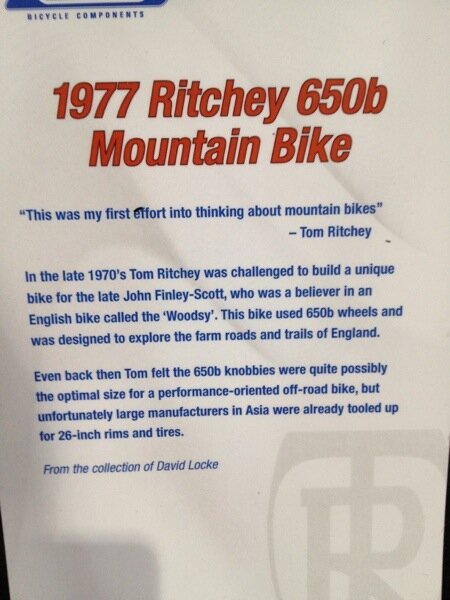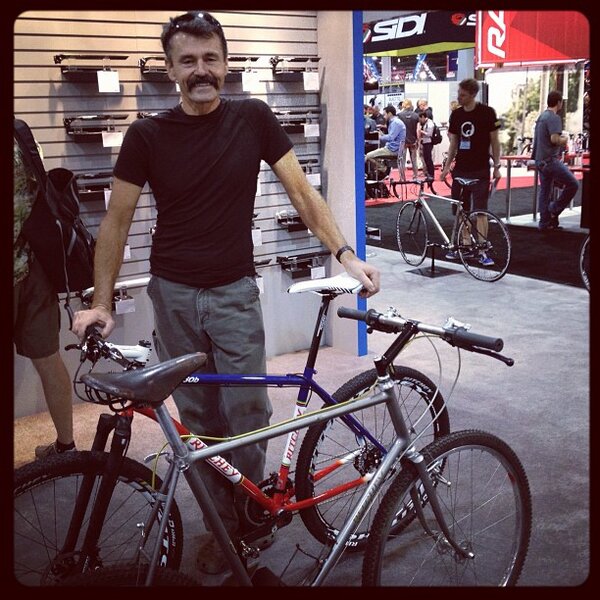Re: Re:
GrahamJohnWallace":20x6guuq said:
Firstly, a new aesthetic in bicycle design was created when Tom Ritchey combined his expertise in building quality road bikes with the componentry of the klunker mountain bikes.
It was this iconic road style frame with 26" fat tyres and straight handlebars look that was imitated worldwide. For the first time ever, utility bikes were cool.
That's marketing, not technical innovation. And while aesthetics are highly subjective, I think any reasonable person would agree that the classic 50s English "roadsters" were good looking - more so than most mountain bikes - and they were definitely utility bikes. So for that matter were French randoneurs - they're great everyday riders and excellent load carriers.
...I don't either of these bikes is going to make anyone say "Take this monstrosity away so that I may gaze uninterruptedly upon an early Stumpjumper!"
Secondly, the stiff frame/wheel structures and shock absorbing tyres combined with the ergonomic placing of brakes and gear controls introduced new levels of safety and rider control.
The shock absorbing tyres already existed. Thats the only reason they could be fitted. They had existed before WW1. The Californian BMX boom was in full swing and these bikes were not racing on 23mm rubber.
Those who remember riding 1970s 10 speed bikes with down tube changers and 'suicide' brake levers will know what I mean.
[/quote]
Yes: very expensive mountain bikes had better brakes than the very poorest ones you could find. But so what? Innovation is improving on the **best,** not the worst! Velocio had ridden the Alps - on tracks that look every bit as "offroad" as the tracks the early Californians were "mountain biking" on - in the early C20th. On balloon tyres, with a bike that was obviously strong enough as it lasted decades. Then in the 50s French riders had used bikes with cantis and suspension forks!
As for the thumbie: putting gear controls on the bars isn't genius. It's obvious and childrens' bikes and Raleigh Shoppers (and probably Schwinns) had done it for years. Again all that happened was Shimano's cheap 3x6 powertrains arrived. That's it: you need a wide gear range to make mountain biking accessible to non-elite athletes, and it has to be affordable before you can sell many bikes. This was the only meaningful difference between the American bikes and the French ones, and it had nothing to do with any innovation made in California.
Whatever Gary Fisher's PR people might say, this is a mountain bike:
..And the Gauloise Smoker rocking those Mary Bars - and that suspension fork! - is doing so before GF had learned to walk. Would these people have put wider tyres on their bikes if they could have got them? Yes. Would they have used 3x6 powertrains if Shimano had sent them back in time? Yes - these people made their own suspension forks, for goodness sake!
There simply were no real innovations in the "creation" of the mtb in California c.1980, only people doing what had been done before in a place with better weather, more disposable income, and at a time when the Japanese had solved the only really hard problem for them - making those powertrains cheaply.




